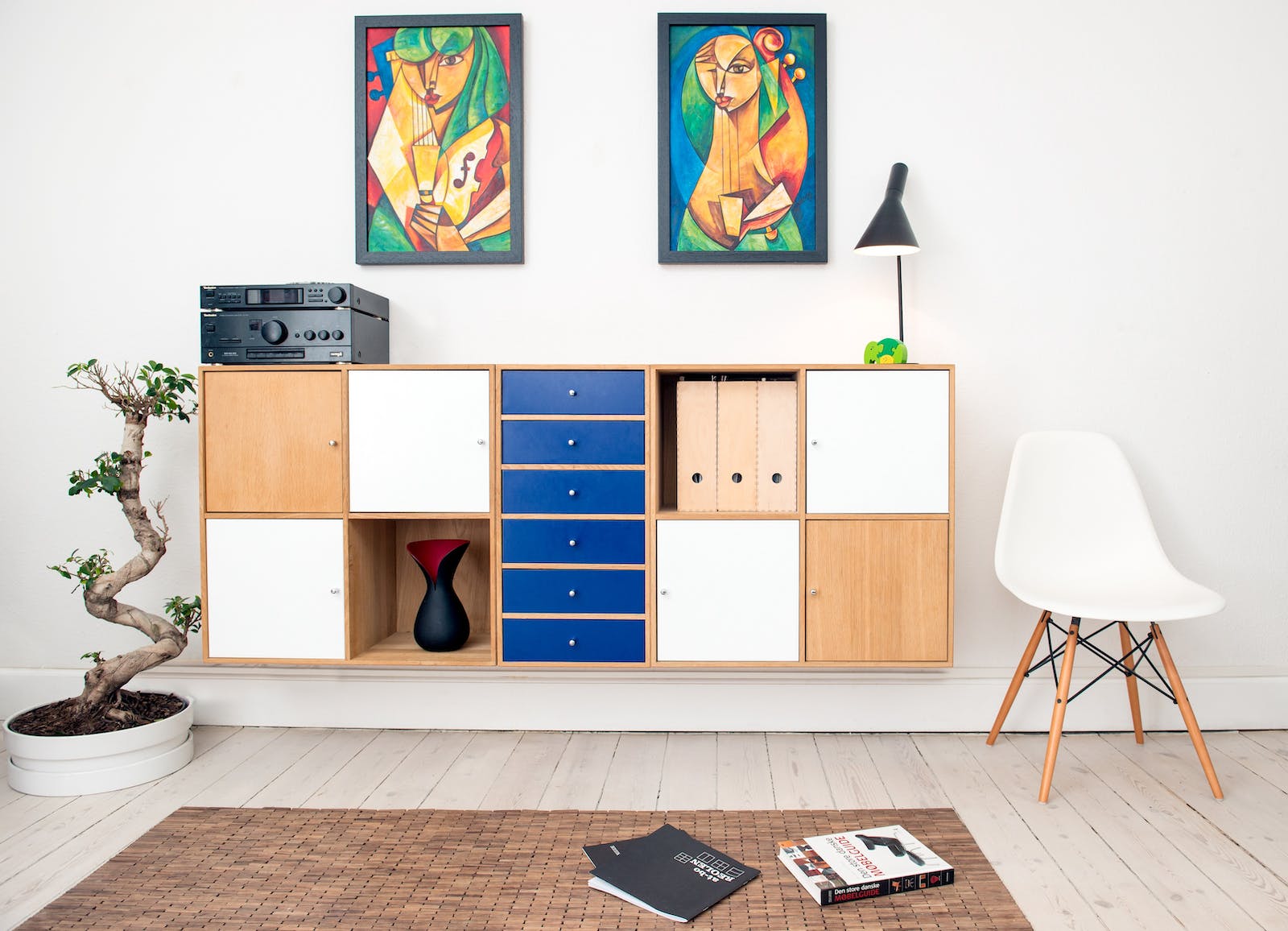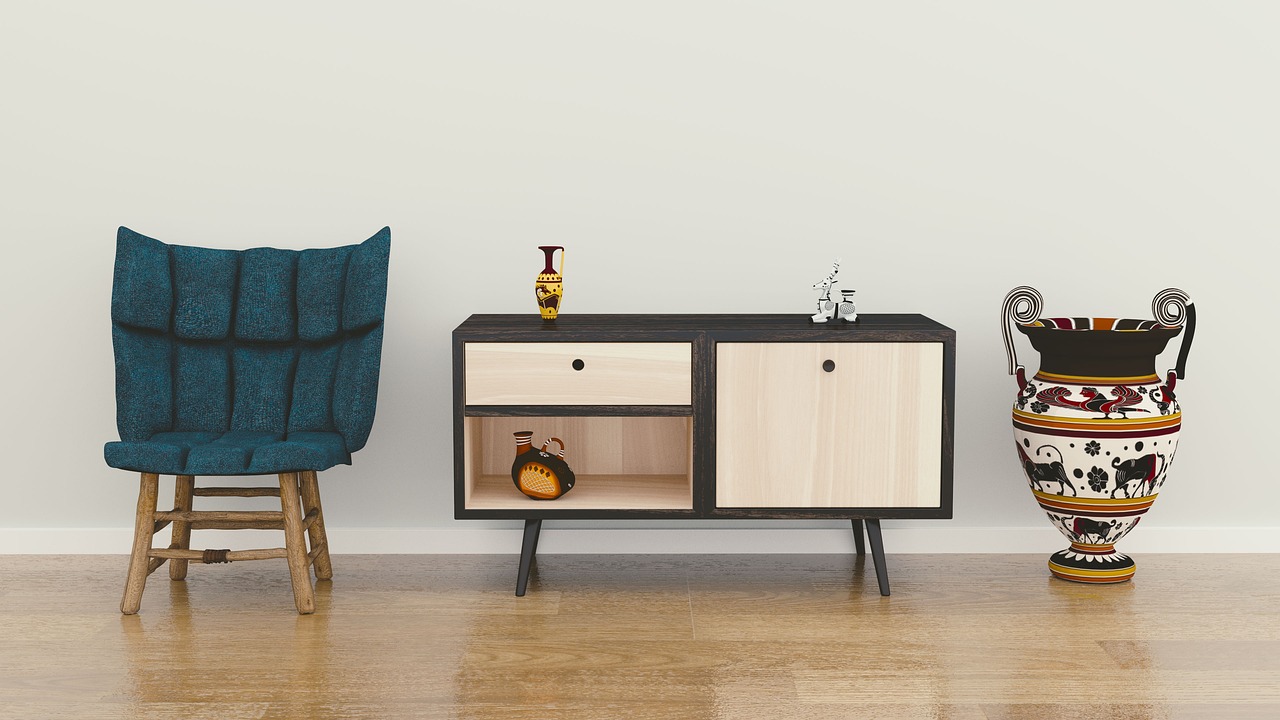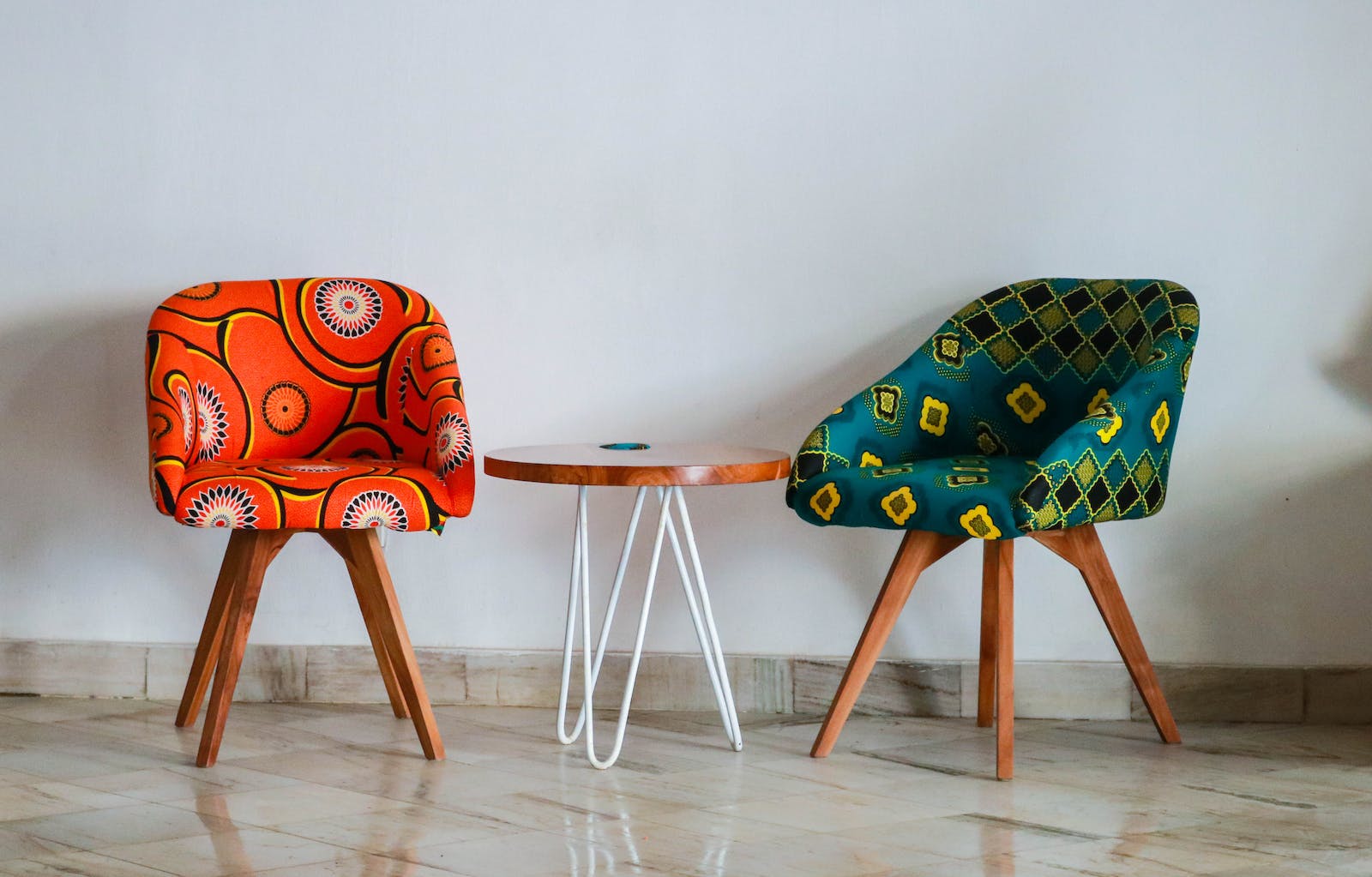Unleash your creativity and embark on an inspiring journey into the world of upcycled furniture. This comprehensive guide provides a wealth of information on how you can transform discarded or outdated pieces into unique, stylish, and sustainable furnishings for your home. So, roll up your sleeves and get ready to discover a new form of artistry that’s not only fun but also environmentally friendly.
Introduction
What is Upcycled Furniture?
Upcycling, a term coined in the 90s, involves transforming waste materials or seemingly useless products into new items of better quality or environmental value. When applied to furniture, it means taking old, discarded, or unwanted pieces and giving them a new lease of life through creative design and craftsmanship. The result? Unique, one-of-a-kind pieces that tell a story, add character to your spaces, and contribute to a more sustainable lifestyle.
Benefits of Upcycled Furniture
The art of upcycling furniture offers a myriad of benefits. For starters, it’s an eco-friendly option that reduces waste by repurposing items that might otherwise end up in a landfill. It also enables you to create custom, unique pieces that reflect your personal style and taste. Not to mention, it’s a cost-effective alternative to buying new, often expensive, furniture. Furthermore, upcycling is a rewarding process that allows you to tap into your creativity and develop new skills.
Getting Started with Upcycled Furniture
Finding Furniture to Upcycle
The first step in the upcycling journey is to find a piece of furniture to transform. The good news is that potential upcycling candidates are plentiful and often right under your nose.
Thrift Stores and Yard Sales
Thrift stores and yard sales are treasure troves for upcyclers. Here, you can find a wide range of items from vintage dressers to antique chairs, often at bargain prices. When scouting these places, look beyond the surface condition of the furniture. Instead, focus on the structure and potential of the piece.
Online Marketplaces
Web-based platforms like Craigslist, eBay, or Facebook Marketplace are also great sources for second-hand furniture. They offer the convenience of browsing from the comfort of your home and often have a diverse selection. Just like with thrift stores, be sure to pay attention to the potential of the piece rather than its current state.
Preparing the Furniture
Once you’ve found your furniture piece, it’s time to prepare it for the transformation. This stage involves cleaning, repairing, and selecting a new finish for the item.
Sanding and Cleaning
Sanding is an essential part of the preparation process. It helps remove old paint, varnish, and rough spots, creating a smooth surface for the new finish. After sanding, thoroughly clean the piece to remove any dust or grime. A simple solution of warm water and mild dish soap usually does the trick.
Repairing any Damage
Before applying your chosen finish, make sure to repair any damage. This could involve tightening loose screws, fixing broken parts, or filling in dents and scratches. Remember, the goal is to give your furniture a fresh start, so it’s important to address any issues before moving on to the next step.
Choosing a Paint or Finish
The choice of paint or finish can greatly impact the final look of your upcycled piece. Whether you opt for a glossy enamel, a matte chalk paint, or a natural wood stain, make sure it complements the style and function of the furniture. Also, don’t forget to consider the color scheme and decor of the room where the piece will be placed.

Upcycling Techniques and Ideas
Painting and Refinishing
Painting and refinishing are some of the most common ways to upcycle furniture. They can drastically change the appearance of a piece, making it feel brand new.
Choosing the Right Paint
Selecting the right paint depends on the type of furniture, its intended use, and the desired final look. For instance, latex-based paint is long-lasting and easy to clean, making it suitable for frequently used items like kitchen tables. On the other hand, chalk paint, known for its velvety matte finish, is perfect for creating a vintage or shabby chic look.
Techniques for Distressing
If you’re aiming for a rustic or vintage vibe, distressing techniques can help. This involves strategically removing some of the paint after application to expose the underlying layer, giving the furniture an aged appearance. You can achieve this effect using sandpaper, a wire brush, or even a scraping tool.
Creating a Weathered Look
Another popular effect in upcycling is the weathered look, which gives the piece a naturally aged appearance. This can be achieved by using a technique called dry brushing, where a small amount of paint is applied to the tips of a dry brush and lightly brushed over the surface. The result is a subtle, textured finish that adds depth and character to the piece.
Repurposing and Redesigning
Beyond just painting, upcycling allows for immense creativity in repurposing and redesigning furniture. This is where you can truly let your imagination run wild.
Adding New Hardware
Sometimes, something as simple as changing the hardware can give a piece of furniture a completely new look. Swap out dated knobs or pulls on a drawer with modern metallic ones for a contemporary feel, or go for vintage-style handles for a classic touch.
Changing the Functionality
Who says a piece of furniture must retain its original function? An old ladder can become a stylish bookshelf, a vintage suitcase could be transformed into a quirky side table, and an outdated TV cabinet could find new life as a home bar. The possibilities are endless!
Combining Different Pieces
Another creative upcycling idea is to combine different pieces of furniture. For instance, you could top an old sewing machine base with a wooden plank to create a unique desk, or attach a vintage door to a bookshelf for a one-ofa-kind storage unit. By merging different elements, you not only create a functional piece but also a conversation starter.
Tips for Creating Unique Upcycled Furniture
Incorporating Sustainable Materials
As you embark on your upcycling journey, consider using sustainable materials in your projects. Repurposing salvaged wood, reclaimed metal, or vintage fabrics not only adds character but also reduces the demand for new resources. Look for local salvage yards or online sources that specialize in reclaimed materials to find unique and eco-friendly options for your creations.
Adding Personal Touches
One of the joys of upcycled furniture is the opportunity to infuse your own personality and style into each piece. Whether it’s adding hand-painted designs, stenciling patterns, or incorporating sentimental objects, don’t be afraid to let your creativity shine. These personal touches will make your upcycled furniture truly one-of-a-kind and reflect your individuality.
Experimenting with Different Styles
Upcycling allows you to explore various design styles and mix different aesthetics. Embrace the freedom to experiment with bold colors, patterns, and textures. You might discover unexpected combinations that result in breathtaking pieces of furniture that become the focal point of any room. Remember, upcycled furniture is all about breaking the rules and reimagining possibilities.

Showcasing and Selling Your Upcycled Furniture
Photography Tips for Online Listings
If you plan to showcase and sell your upcycled furniture online, high-quality photographs are essential for capturing potential buyers’ attention. Here are some tips to help you showcase your creations effectively:
- Use natural lighting: Photograph your furniture in a well-lit area, preferably near a window, to ensure clear and vibrant images.
- Focus on details: Highlight the unique features and craftsmanship of your piece by taking close-up shots of intricate designs or textures.
- Stage the furniture: Set up a visually appealing scene that complements the style of the furniture. This could involve adding decorative elements or placing the piece in an appropriate room setting.
- Capture different angles: Take photos from multiple perspectives to give potential buyers a comprehensive view of the item.
Writing Compelling Descriptions
When writing descriptions for your upcycled furniture listings, it’s important to provide potential buyers with all the necessary information while also sparking their interest. Here are some tips to make your descriptions compelling:
- Highlight the unique features: Describe any special techniques, materials, or design elements that make your piece stand out.
- Provide dimensions and functionality: Include accurate measurements and describe how the furniture can be used in different settings.
- Tell the story: Share the history or inspiration behind the piece to create an emotional connection with potential buyers.
- Use descriptive language: Paint a picture with words by using vivid adjectives and engaging descriptions that evoke the desired atmosphere or mood.
Pricing and Negotiating
Determining the right price for your upcycled furniture can be challenging. Factors such as the quality of craftsmanship, uniqueness of the design, and market demand should all be taken into consideration. Research similar items on online marketplaces to get an idea of the current market value. Don’t be afraid to negotiate with potential buyers, but also be confident in the value of your work.
Maintaining and Caring for Upcycled Furniture
Cleaning and Dusting
To keep your upcycled furniture looking its best, regular cleaning and dusting are essential. Use a soft cloth or duster to remove dust and debris from the surface. Be gentle when cleaning painted or distressed finishes to avoid damaging the patina or texture.
Protecting the Finish
Depending on the type of finish you’ve applied to your upcycled furniture, it may require additional protection. For instance, if you’ve used a clear varnish or sealant, periodically check for signs of wear and reapply as necessary. For painted surfaces, consider using a wax or polish to provide a protective layer and enhance the durability of the finish.
Repairing any Damage
Over time, your upcycled furniture may experience wear and tear. It’s important to address any damage promptly to prevent further deterioration. Whether it’s a loose joint, a scratch, or a chip in the paint, repairing these issues will help prolong the life of your beloved piece. Keep a small supply of touch-up paint, wood glue, and other necessary repair materials handy for quick fixes.
Conclusion
Final Thoughts on Upcycled Furniture
Upcycled furniture is more than just a DIY hobby—it’s a sustainable way of living, a form of artistic expression, and a means to create unique and meaningful pieces for your home. By repurposing and redesigning old furniture, you not only save money but also contribute to a greener future. So, embrace your creativity, explore different upcycling techniques and materials, and let your imagination run wild. With proper care and maintenance, your upcycled furniture can become a cherished heirloom that tells a story and adds character to your space. Whether you’re a seasoned upcycler or just starting out, remember that the possibilities are endless when it comes to transforming old furniture into something new and beautiful. So go ahead, pick up that worn-out chair or dusty dresser, and give it a new lease on life. Your unique piece of upcycled furniture awaits!
